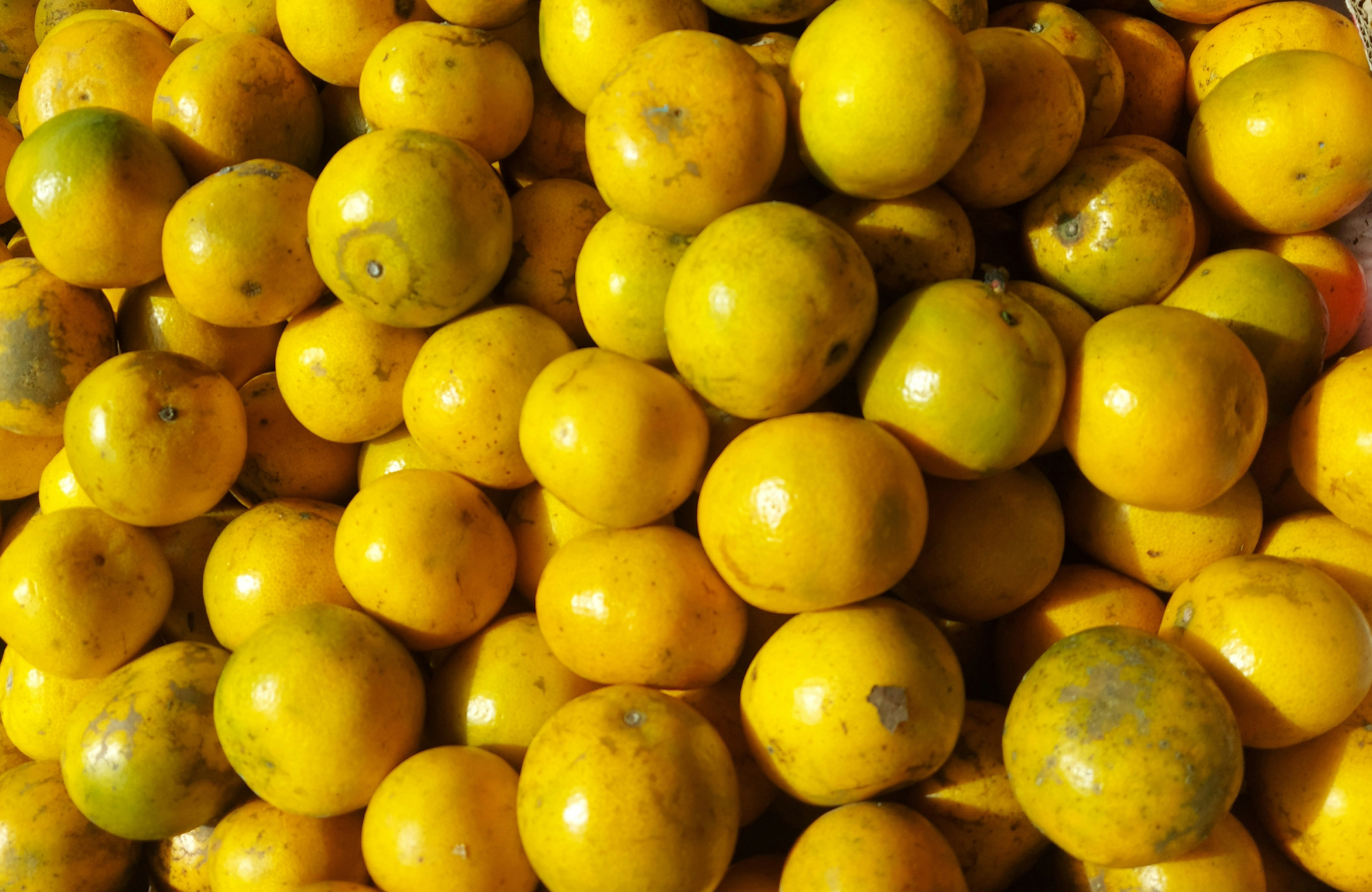Origin & History
Molybdenum belongs to the group of trace elements and must therefore be absorbed through food since the body cannot produce it itself. It is essential in almost all living organisms. By itself, molybdenum is biologically inactive until it is incorporated into the active site of 4 human enzymes, where it serves as a cofactor. The body stores approximately 2 mg to ensure a supply of molybdenum.
Enzymes
There are many molybdenum-dependent enzymes in the body that require the trace element complexed in their active center to function. One of these enzymes is responsible for converting sulfite to sulfate in order to keep sulfite concentrations low in our body and to allow excretion. This conversion is also required for the breakdown of the sulfur-containing amino acid cysteine, which is a component of many proteins.
More research is needed and the exact mechanism is not yet known, but studies suggest that molybdenum supplementation may help with iron deficiency and joint pain associated with arthritis.
Molybdenum – the most important tasks in brief
The following molybdenum-related health claims have been evaluated and approved by the European Food Safety Authority (EFSA) through scientific studies:
- Molybdenum contributes to the normal metabolism of sulfur-containing amino acids
Your daily need for molybdenum
The German Nutrition Society recommends an intake of 50-100 µg molybdenum per day for adults.
Molybdenum is found primarily in legumes (e.g. peas, lentils, beans) and grains.
Diet-related molybdenum deficiency is extremely rare and is not usually the cause of a deficiency. The cause of a deficiency is a rare, hereditary gene mutation.
The tolerable upper limit for non-pregnant and breastfeeding adults, which does not result in any health effects, is 2 mg per day.
How a molybdenum deficiency can manifest itself
Without molybdenum, the conversion of sulfite to sulfate cannot take place in our body, causing the sulfite to rise to toxic concentrations. If a gene mutation is present in newborns, a fatal outcome is to be expected. A late-onset deficiency may manifest as acute neurological decompensation during infection. The episodes vary in nature but usually consist of altered mental status, movement disorders and uncontrollable muscle contractions, and more. These features may improve after the triggering infection resolves or may progress over the course of life.
Which AgilNature products contain molybdenum?
|
Product |
Crowd |
NRV* |
|
18.75 µg per daily ration (3 capsules each) |
38% |
*Nutrient Reference Value = Percentage of the reference value according to Appendix XIII of the Food Information Regulation (EC) No. 1169/2011.
literature
- Copper, manganese, chromium, molybdenum. DGE. https://www.dge.de/forschung/referenzwerte/kupfer-mangan-chrom-molybdaen/ (accessed on December 16, 2023)
- Mendel R.R. The molybdenum cofactor. J Biol Chem. 2013 May 10;288(19):13165-72.
- Mendel R.R. Molybdenum: biological activity and metabolism. Dalton Trans. 2005 Nov 7;(21):3404-9.
- Johannes L, Fu CY, Schwarz G. Molybdenum Cofactor Deficiency in Humans. Molecules. 2022 Oct 14;27(20):6896.
- Mayr SJ, Mendel RR, Schwarz G. Molybdenum cofactor biology, evolution and deficiency. Biochim Biophys Acta Mol Cell Res. 2021 Jan;1868(1):118883
- Grech BJ. Mechanistic insights into the treatment of iron-deficiency anemia and arthritis in humans with dietary molybdenum. Your J Clin Nutr. 2021 Aug;75(8):1170-1175.





